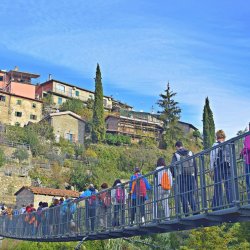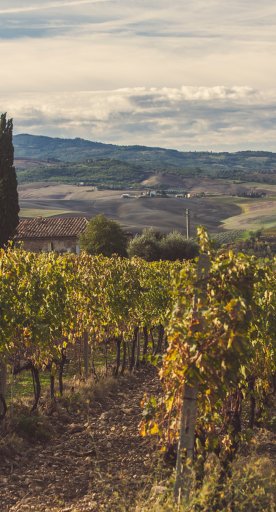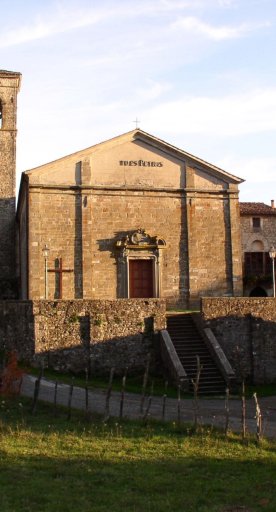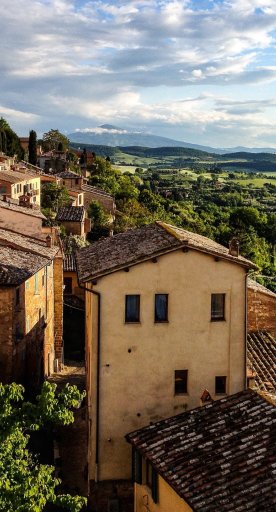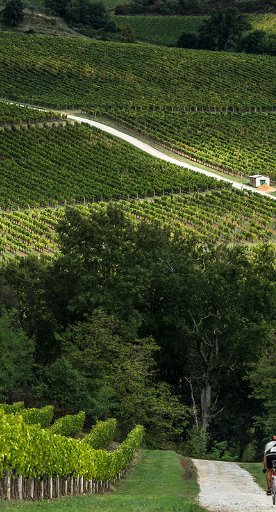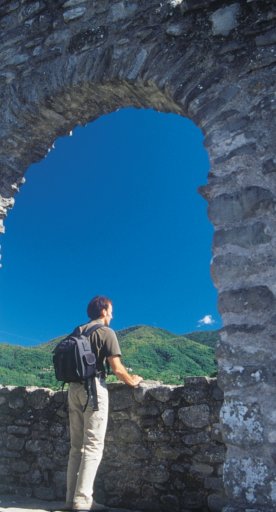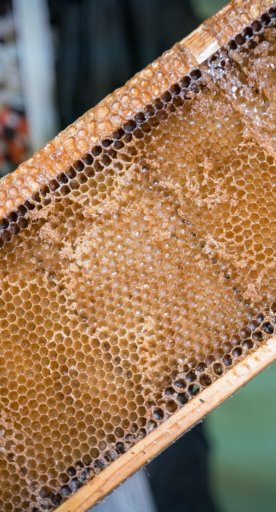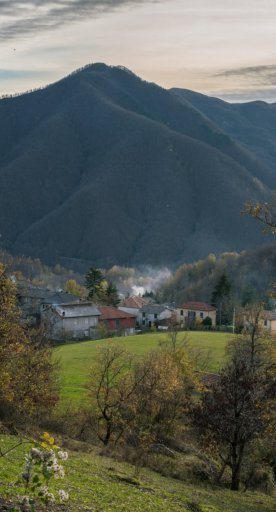

The winter bonfires of Lunigiana
Discovering one of the oldest and most beloved Lunigiana traditions
In January, in the heart of the cold winter, Pontremoli warms up with one of its oldest traditions: the Bonfire Challenge.
Thousands of people flock to the streets and bridges of the town each year to enjoy the wonderful spectacle of these huge bonfires that brave the darkness and bad weather to give everyone an extraordinary show. The bonfires of San Nicolò and San Geminiano are one of Pontremoli's oldest and most beloved practices, still able to amaze and astound anyone.
But where does this tradition come from? And when are the two bonfires organized? Read on to find out all about one of Lunigiana's most characteristic customs.
-
1.An ancient story
-
2.The two Pontremoli bonfires
-
3.Not only in Pontremoli…
An ancient story
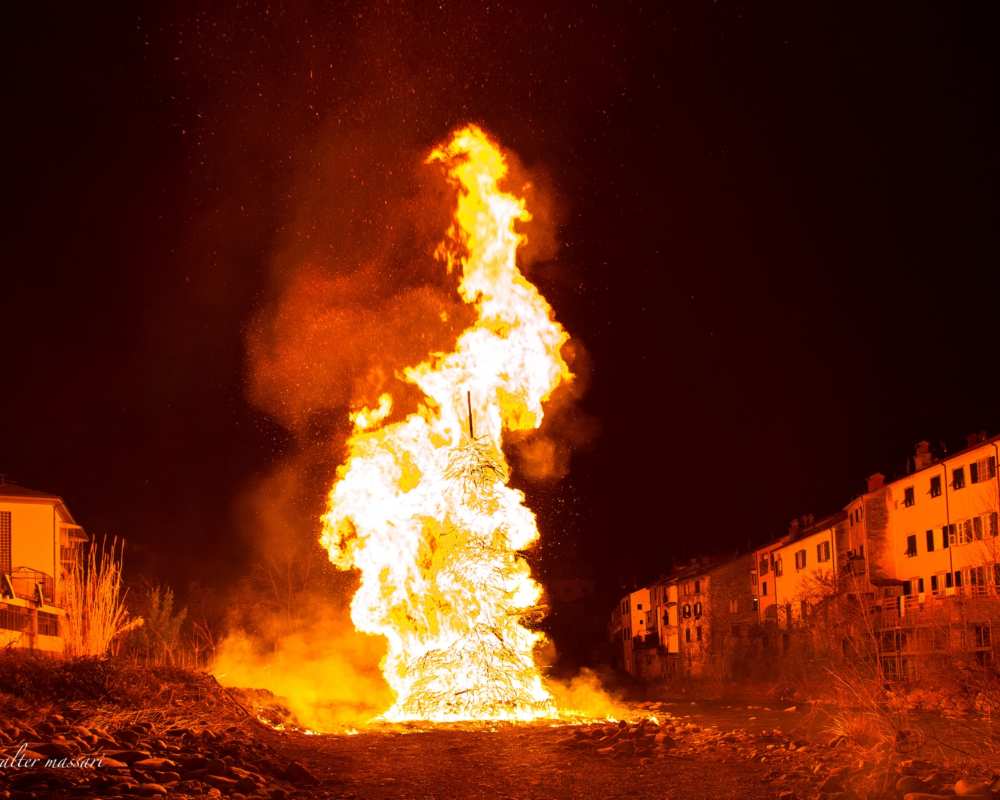
Lunigiana bonfires are not the only evidence in Italy of traditions related to the lighting of propitiatory fires. Throughout the country, from Romagna to Salento, in fact, huge stacks of wood are raised and burned to illuminate the short nights of the winter months. It is a rite rooted in the ancient rites of pagan tradition.
They seem, in fact, to relate back to the remote cults that celebrated the Sun god, the representation of life, by lighting fires to propitiate his "victory" against the cold and barren winter and to wish a good harvest season. The bonfires, moreover, symbolized the desire to abandon everything that belonged to the past months in order to make the best start to the coming year (it is no coincidence that they are lit close to January!).
Over the centuries, this practice was adopted and revalued by Christianity, thus becoming the tradition of today.
But it did not end there. A local tradition links Pontremolese bonfires to the ancient medieval hostility between the Guelph and Ghibelline factions, supporters of the Papacy and the Empire, respectively. The often violent clashes between these two parties marked the history and conformation of Pontremoli, which, in 1322, was forced to divide the village in two with the construction of the Cortina di Cacciaguerra in order to deal with the cruelties. Their antagonism has come down to us, albeit mitigated and in the form of a game, in the form of the competition between the two bonfires. In reality, there must have been many more Pontremolese fires in the past: evidence and documents attest to the practice of lighting parish bonfires as far back as the 16th century.
The two Pontremoli bonfires
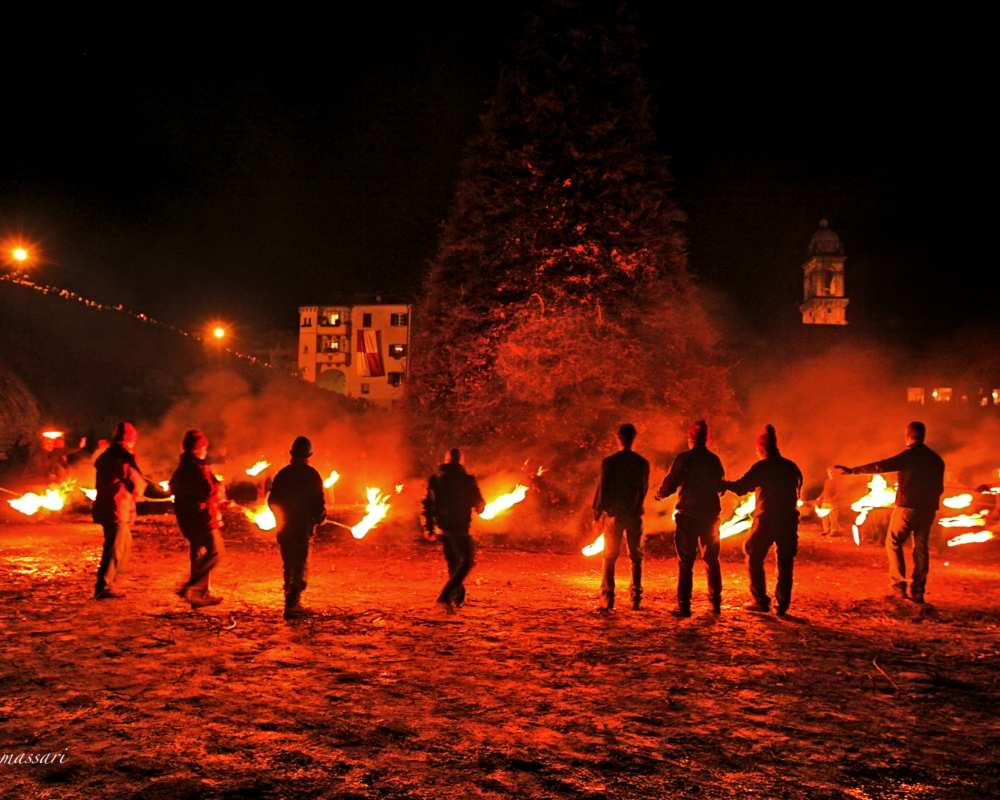
The protagonists of the challenge are the two groups of "stokers" who each year raise and burn the two bonfires under the eyes of hundreds of spectators, challenging each other in the making of the largest and best successful fire. They are named after the village's two parishes: San Nicolò, with the blue and white flag, and San Geminiano, with the red and white flag.
The first to be lit is the San Nicolò bonfire on January 17 on the dry banks of the Magra near Porta Parma. Two weeks later it is the turn of the bonfire of San Geminiano, which burns along the Torrente Verde on January 31, on the occasion of the city's patron saint. The two pyres, nearly thirty meters high and made with a large amount of firewood, still attract large numbers of people, including citizens and outside visitors, to marvel and cheer on their favorite faction to the sound of goliardic chants and mottos. Attending the bonfires means spending a very pleasant evening of fun, companionship and tradition.
For the past few years, the bonfire of Sant'Ilario returns to Pontremoli on January 13, near the small church at the foot of the Castello del Piagnaro.
Not only in Pontremoli…
It is not only in Pontremoli that this ancient custom is kept alive: other towns in Lunigiana also organize several bonfires between the end of the old year and the beginning of the new one. In Villafranca, the bonfire of San Nicolò is burned on December 5, the eve of the feast of St. Nicholas. On January 16, on the other hand, in both Filattiera and Mulazzo, the bonfires of Sant'Antonio are lit in honor of the patron saint of livestock.
Who do you think will win this year's coveted bonfire challenge ?

